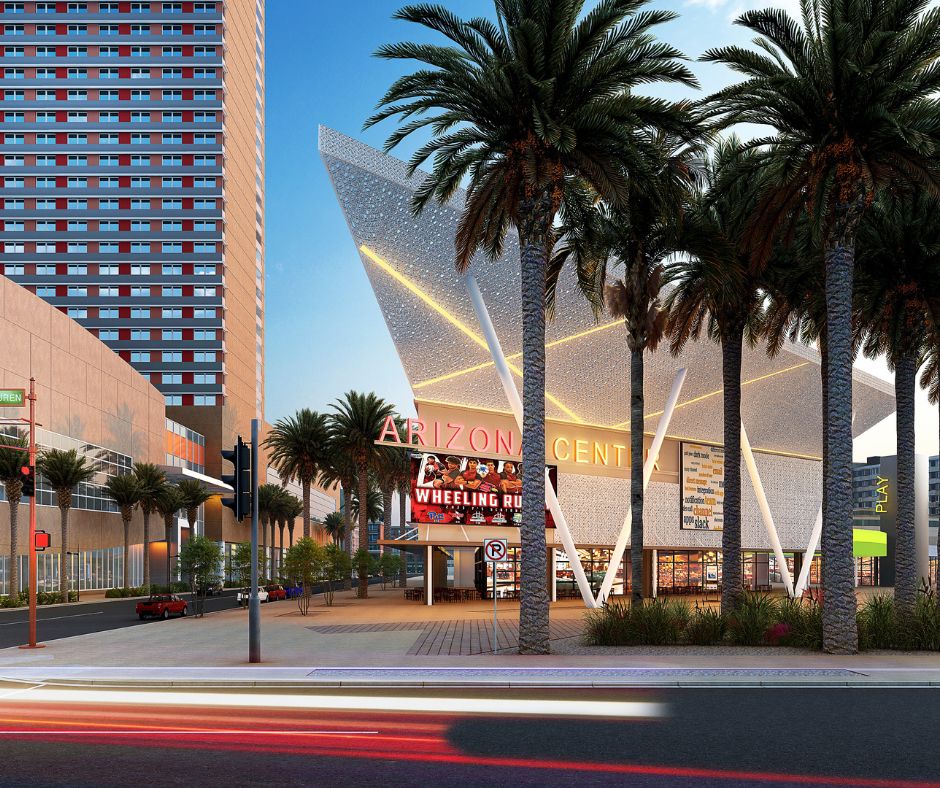
In the fast-paced world of architecture, staying ahead of the curve is essential for success. Real-time visualization technology has emerged as a game-changer, offering numerous advantages to architecture firms. Let's explore why real-time visualization is a must-have tool for architects and designers.
1. Instant Design Feedback: Real-time visualization allows architects to receive immediate feedback on their designs. As they make changes to a project, they can see the results in real-time. This iterative process speeds up decision-making and ensures that the final design meets client expectations.
2. Enhanced Collaboration: Collaborating with clients and team members becomes more efficient with real-time visualization. Stakeholders can virtually walk through a building, make suggestions, and visualize the impact of modifications instantly. This fosters better communication and alignment of project goals.
3. Client Engagement: Real-time visualization creates a more engaging client experience. Clients can explore and interact with the design, making them feel more involved in the creative process. It helps bridge the gap between architects' vision and clients' expectations.
4. Time and Cost Savings: Traditional architectural renderings can be time-consuming and costly. Real-time visualization reduces the need for lengthy rendering processes and costly revisions. Architects can make changes on the spot, saving both time and money.
5. Design Optimization: Real-time visualization empowers architects to fine-tune their designs quickly. They can experiment with different materials, lighting, and layouts to optimize the project for aesthetics and functionality.
6. Marketing and Sales: Architectural firms can use real-time visualization as a powerful marketing tool. High-quality, interactive 3D presentations can impress potential clients and investors, helping secure projects and partnerships.
7. Improved Decision-Making: Real-time visualization provides architects with a deeper understanding of their designs. They can assess how natural light will affect spaces, evaluate the flow of the building, and make informed decisions based on real-time data.
8. Adaptability: Real-time visualization adapts to different project stages. Whether it's conceptual design, interior detailing, or construction planning, architects can use real-time visualization throughout the entire project lifecycle.
In conclusion, real-time visualization has revolutionized the way architecture firms work. It streamlines the design process, enhances collaboration, engages clients, saves time and money, and ultimately leads to better-designed buildings. As technology continues to advance, the advantages of real-time visualization will only become more pronounced, making it an indispensable tool for architects and designers in today's competitive landscape.
Please contact us at studio@quickviz.com to get a quote for your 3D renderings today!
© Quickviz 2022. All rights reserved.